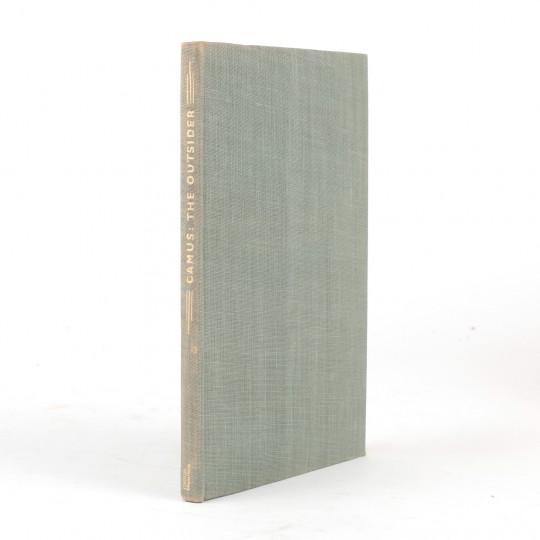

A second collection of essays, Noces (1938 “Nuptials”), contains intensely lyrical meditations on the Algerian countryside and presents natural beauty as a form of wealth that even the very poor can enjoy. Camus’s first published collection of essays, L’Envers et l’endroit (1937 “The Wrong Side and the Right Side”), describes the physical setting of these early years and includes portraits of his mother, grandmother, and uncle. Camus and his elder brother Lucien moved with their mother to a working-class district of Algiers, where all three lived, together with the maternal grandmother and a paralyzed uncle, in a two-room apartment. His mother, of Spanish descent, did housework to support her family. Less than a year after Camus was born, his father, an impoverished worker, was killed in World War I during the First Battle of the Marne. He received the 1957 Nobel Prize for Literature. Learn more.Īlbert Camus, (born November 7, 1913, Mondovi, Algeria-died January 4, 1960, near Sens, France), French novelist, essayist, and playwright, best known for such novels as L’Étranger (1942 The Stranger), La Peste (1947 The Plague), and La Chute (1956 The Fall) and for his work in leftist causes. The car veered off the road into a tree, killing Camus. On the night of January 4, 1960, 46-year-old Albert Camus was riding in the passenger seat of a Facel Vega when the driver-his friend and publisher, Michel Gallimard-lost control of the car.





 0 kommentar(er)
0 kommentar(er)
